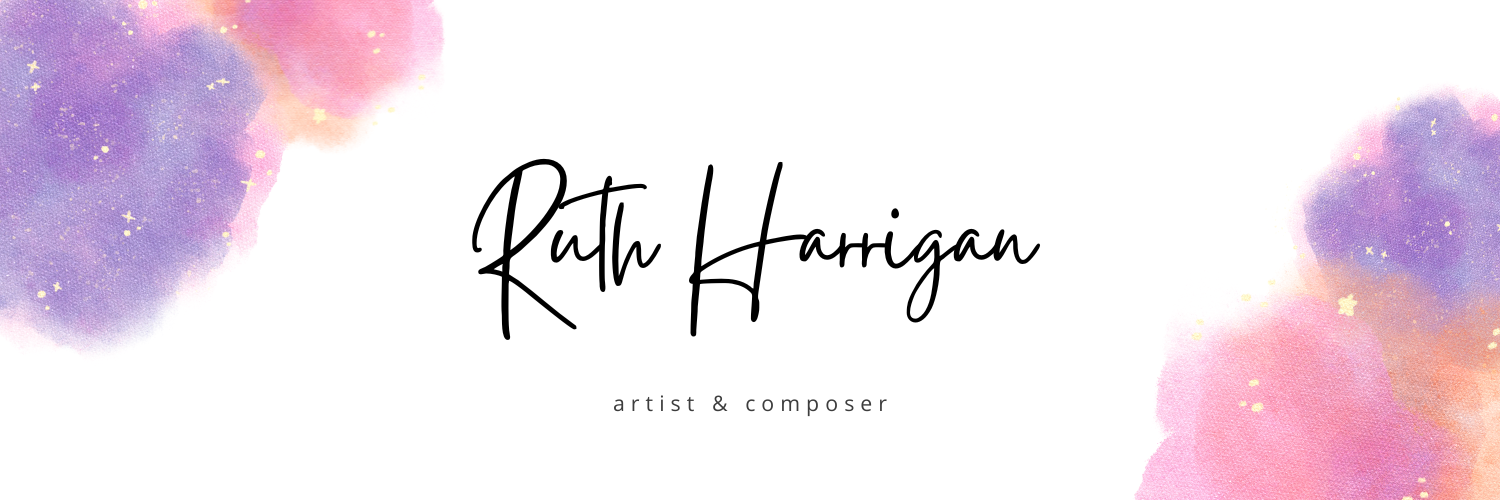
Citizens - I'd like you to take a look at this picture for a moment. It's a park bench, nestled into an area surrounded by bushes on three sides with a brick path in front of it. The path is rather narrow and there's no space on either side.
I like to sit in that area. However, I can't sit on the bench, which has no arms to support me, and there's no place to put my power chair without it sticking out.
Now consider this: there's another path that runs parallel to this path. There is also a grassy area. Both of those can be used to walk on and, although I can understand some people don't want to walk on the grass, there is the other path. Perfectly fine - maybe five feet away from this one. And yet - I can't sit in this area without having to constantly move aside because these other options aren't clear to other citizens. To them, I am in the way.
Benches don't help me out - in fact, they take up space that, if I was designing the park, I would leave as room for wheelchairs or carriages. Parking spaces so you could enjoy the park without being disturbed or being seen as disturbing others. I wouldn't take all the benches out, just one.
Or perhaps I would mark the parallel path as an alternative one , with a sign that says : If you see a citizen in a wheelchair enjoying nature on the other (too narrow) path, please use this one.
I would avoid the handicapped symbol because I prefer the wording of citizen in a wheelchair. It is empowering. It reminds us that we are all citizens and we have that in common. We all want to enjoy our common areas, like parks.
Anyhow, I appreciate if you took the time to see this bench the way I see it - as an obstruction, as taking up space that could perhaps be used differently.
One of four empty benches. I've never seen more than one used at a time. I say sell it. Create space for citizens in wheelchairs. Carriages. Large dogs. People who like to stand.
Use the money for the sign on the other path.

3 comments:
I've always wondered why the simplest low cost fixes aren't done, but we hear about those expensive ramps.
I think we really need to scrap the handicap-accessible symbol in favor of clear language. Since my disability is neurological and most of my concerns are sensory, I often see "handicap accessible" areas that are far LESS accessible to me.
I currently attend a school that has a "handicap accessible Free Expression" Tunnel. They built the wheelchair ramps in front of the tunnel that they encourage punks to cover in graffiti. I'm surprised they haven't been sued yet - the tunnel is allegedly "accessible" but it's completely unuseable to me (to the point of adding a half-mile walk to my trip to class at times) and I can't imagine that anyone in a wheelchair enjoys the stink of that tunnel either.
The symbol doesn't imply barely passable wheelchair access, it implies that it should be actually handicap-accessible.
This isn't even a disability issue if you ask me, it's just plain rudeness - how hard would it be to ban graffiti on campus here, or to trim the plants near those benches back a few feet? Only an inconsiderate lout would ever design these things the way they are now in the first place.
Bob - ah yes the media issue.
Dan- Thanks for your comment. There's definitely argument to be made for looking at this situation from the point of consideration/rudeness, as opposed to a disability issue.
Certainly it highlights the fact that many "fixes" that are asked for are neither costly nor impractical. Your post also shows that the word "disability" presents in many forms and the cookie cut fixes that are out there leave out entire segments of the disability community.
Post a Comment